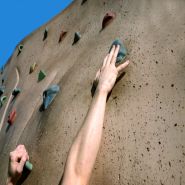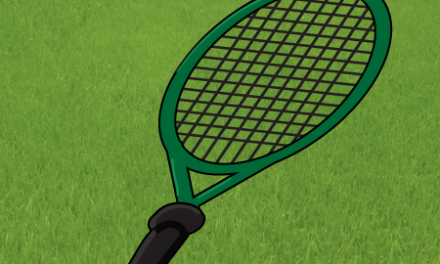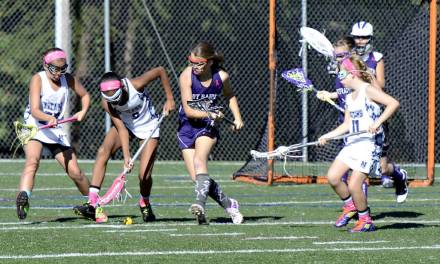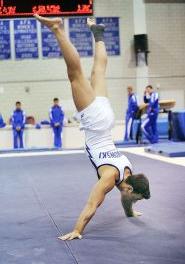This month we found an interesting quote from Ken Green in his 2010 text Key Themes in Youth Sport. Green stated that “the contribution of extra-curricular PE (as with PE itself) to young people’s leisure sport is highly likely to be limited for the most part to those youngsters already committed to sport”.
A great many things have happened in the world of school sport in the four years since this text was written: the Olympics legacy, the disapplication of the PE National Curriculum and the scrapping of assessment levels, to name a few.
However, as physical educationalists, we still think Green’s statement highlights a flaw still apparent in schools around the country. The key recommendation is that young people should take part in at least 60 minutes of physical activity every day.
The question is, how can we ensure our pupils receive this, particularly in lessons and in extra-curricular programmes? It seems that the largest hurdle we will face is the lack of motivation from pupils, some of whom simply refuse to take part in activity for one reason or another.
The Department for Education report on physical education and school sport identified that “Bad weather and wanting to spend time doing other things such as seeing friends, playing computer games or watching television were common reasons for not taking part in physical activity after school” (DfE, 2013).
However, when trying to increase extra-curricular participation, are we our own worst enemy?
What with staff meetings, parents’ evenings, CPD, department meetings and having to relinquish the sports hall to exams, time for extra-curricular sport to take place can be difficult to negotiate. If these events interfere with the extra-curricular programme, students can feel uncertain if the session will be taking place from one week to the next, thus attendance to the sessions may drop considerably.
Encouraging pupils to partake in more physical activity outside of school can be a challenge, particularly amongst pupils who are less likely to participate in physical education as part of the curriculum.
So what methods can be adopted to motivate PE refusers? Beashel and Taylor (Eds.) argue that intrinsic motivation such as joy for the sport itself is a greater motivator than extrinsic motivators such as certificates and awards.
It is evident, however, that extrinsic motivators such as awards may be beneficial in order to draw pupils into the activity in the first place. In November’s PE Monthly, we saw that the element of competition can work wonders in raising the participation of serial PE dodgers.
Alongside the idea of competition to increase participation, creating a varied extra-curricular programme is a great way for pupils to find an activity that is suited to them, meaning they are more likely to take it up in their spare time.
Try to find new and exciting activities such as:
- Climbing
- Boxing/Boxercise
- Dance/cheerleading
- Yoga/Pilates
- Dodgeball
- Handball
- Korfball
- Zumba
- Spinning classes
- Fitness sessions
- Trampolining
- Racketball
- Rowing/indoor rowing
- Girls only classes
- Climbing
- BMX/cycling
- Skipping
Having links to local clubs and organisations offering activities like those listed above, along with more traditional sports such as football, rugby, hockey and netball, is also a fantastic way to encourage pupils to take part in more physical activity outside of school. These links may also prove a good way to bring down the costs which may be incurred if you’re constantly bringing in external coaches.
Overall, it is evident that we need to work towards breaking down the barriers that prevent pupils from participating in after-school sessions. This does not simply take the form of offering competitive and non-competitive sports.
Ensure your department is creating competitions for Bs and Cs teams, not just for first teams. Also incorporate fun sessions to open up participation for pupils that may enjoy a particular sport but may not feel comfortable taking part in competitive games.
Another great method would be to offer extra-curricular sessions before the school day begins. This has huge potential and the pupils could be registered in the session rather than going to their form class.
Encourage your pupils to take an active role in their physical education; ask what activities they would like to see included on the extra-curricular programme. Finding out what your students want is vital to encourage their participation in extra-curricular activities in the future.










